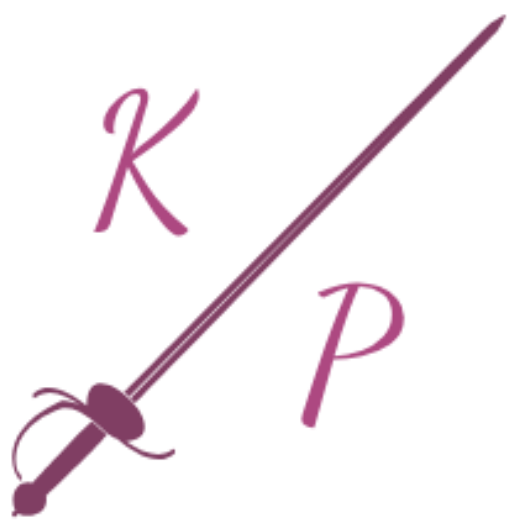Benefits of Stage Combat
 At face value, stage combat is a great discipline for actors to learn because prepares them for future roles that include violence. Actors who know how to fight with a broadword, for example, have an edge over untrained actors to be cast as Macbeth or Joan of Arc. However, it is my belief that these benefits are only a tiny part of what an individual may gain from taking stage combat.
At face value, stage combat is a great discipline for actors to learn because prepares them for future roles that include violence. Actors who know how to fight with a broadword, for example, have an edge over untrained actors to be cast as Macbeth or Joan of Arc. However, it is my belief that these benefits are only a tiny part of what an individual may gain from taking stage combat.
Below is a compilation of skills learned from stage combat that benefit students both as actors and individuals.
Safety and Self Advocacy
In learning stage combat actors are able to safely perform basic maneuvers that they may be asked to perform in a production. However, one of the most important lessons to learn from stage combat is how to advocate for safe working environments. This includes advocating for yourself and/or for fellow castmates. I specifically teach actors how to approach a situation where actors are asked to perform a task that is unsafe. I also cover some of the most common instances of unsafe situations. There are many horror stories in which actors have been severely injured due to lack of safety knowledge. It is incredibly important that actors learn to speak up for their well-being.
Ensemble Building
In creating the illusion of violence actors must work together to tell a story. If either partner is not working with the other, then the illusion is broken. Combatants learn to move with each other, connect with each other, and assist each other to build a picture of violence. They must work as a team and learn to take care of each other and keep each other safe.
Body and Spatial Awareness
As a stage combatant you learn to better be aware of your body and the space and other people around you. Combatants learn to use and be aware of their body as a whole. They also must be aware of the movements of others and the space around them. This helps build a more dynamic actor with a better receptivity to non-verbal expression from others.
Acting Techniques
Stage combat illustrates the basic concepts of “objective/obstacle/tactic” in a clear and physically integrated way. For example: One character has the objective of wanting to kill the other. Their obstacle is their opponent’s sword. The tactics they must use include parrying, evading, and attacking their opponent. Additionally, stage combat choreography works on an actor’s ability to notice and play status exchanges. Throughout the fight they must recognize and illustrate when they are the one in control of the fight and when they are in a weakened position. These status exchanges often occur multiple times throughout the fight and are only clearly evident by the actor’s use of expression, physicality, and voice.
